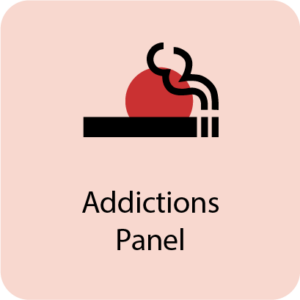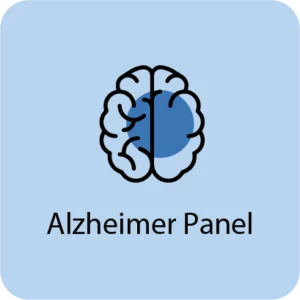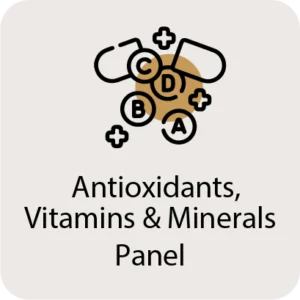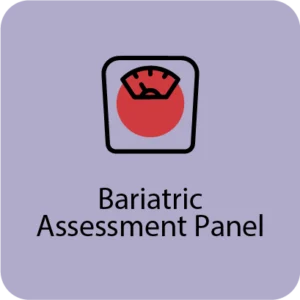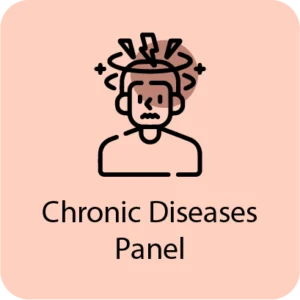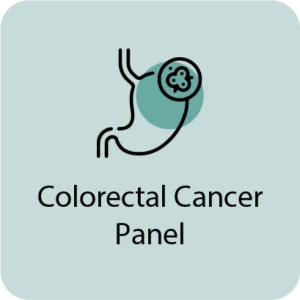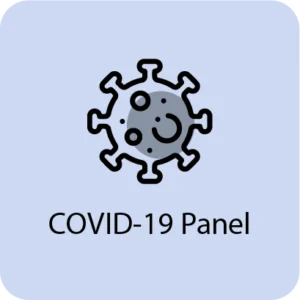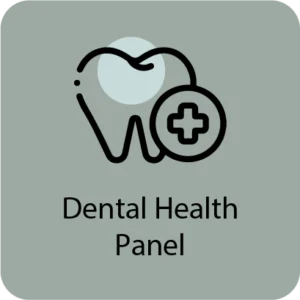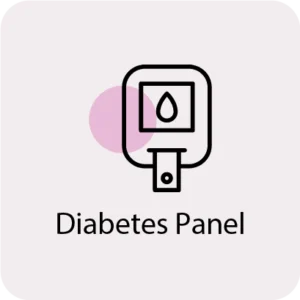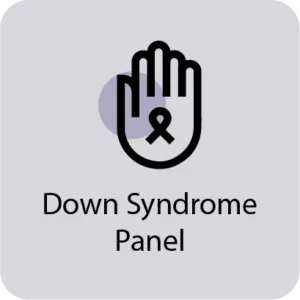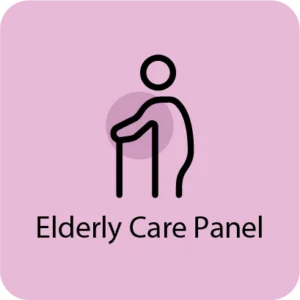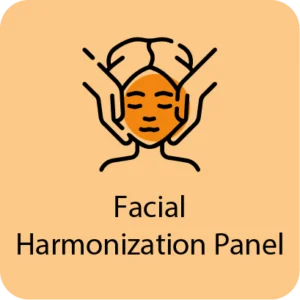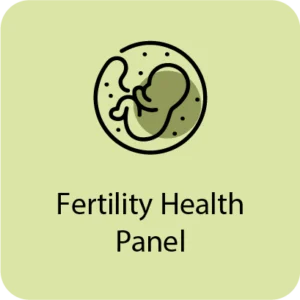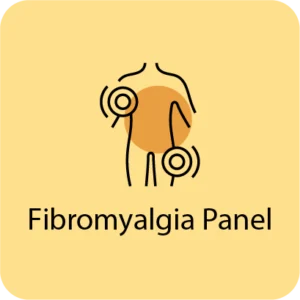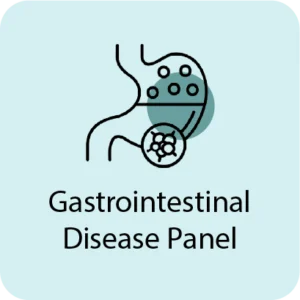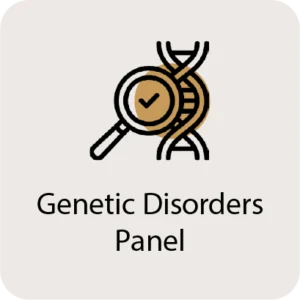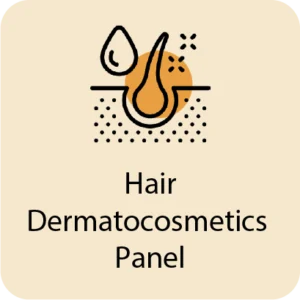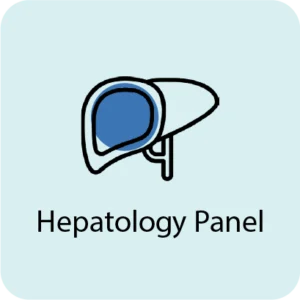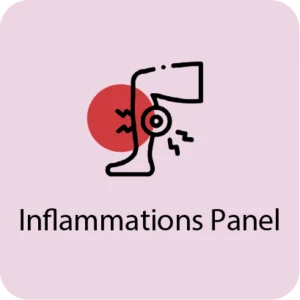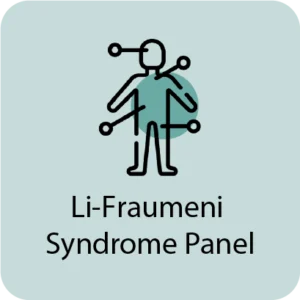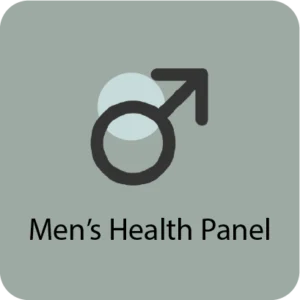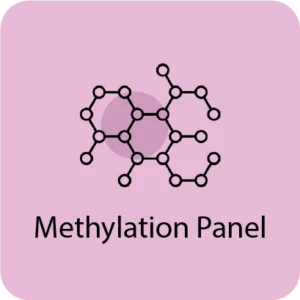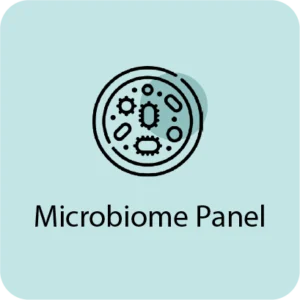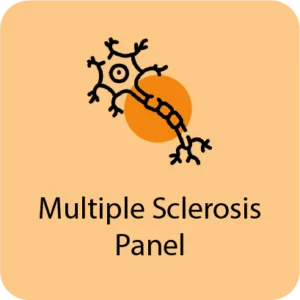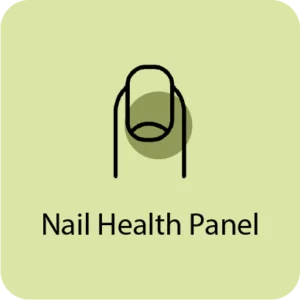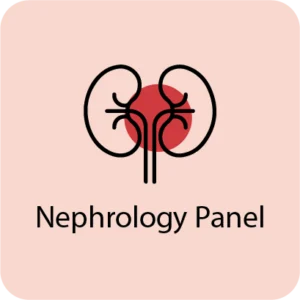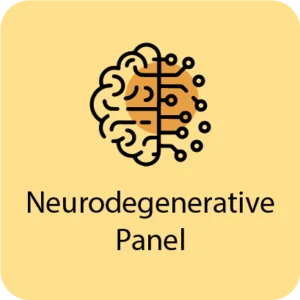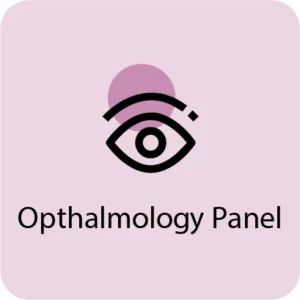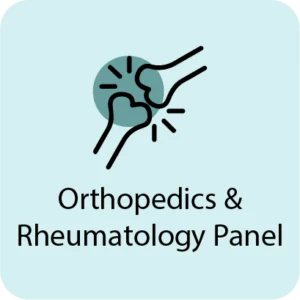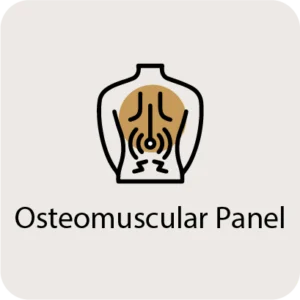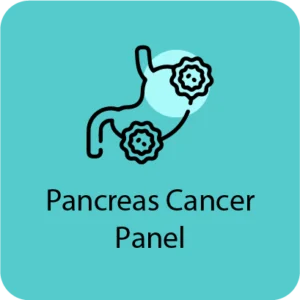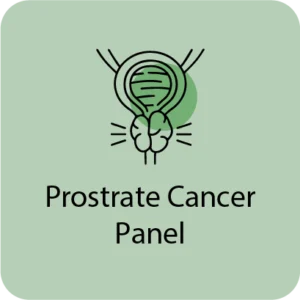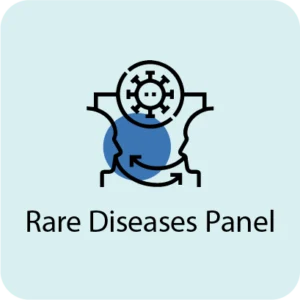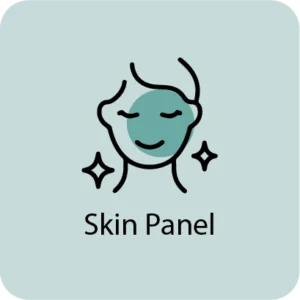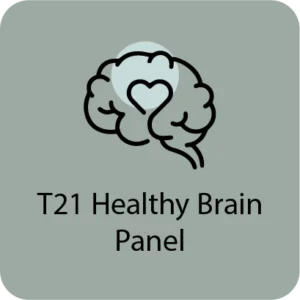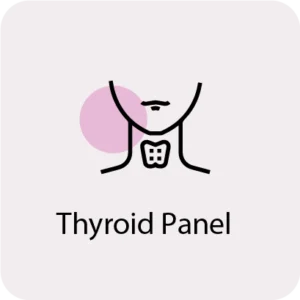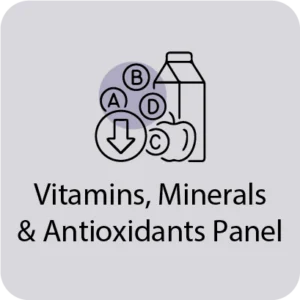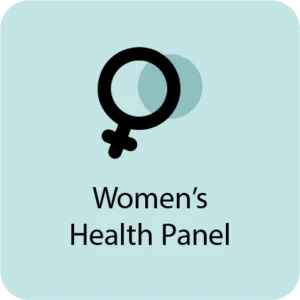Skin Health
Beauty
Skin is known to be the largest organ of the human body while serving as a protective barrier against external elements, regulating temperature, and facilitating sensory perception. It shall also consist of several layers, each with unique functions and structures that shall contribute to its overall health and integrity. Understanding the anatomy and physiology of the skin is well essential for sustaining its health and addressing various dermatological concerns.
Here’s an informative overview of skin health based on the categories mentioned:
Aging:
- Wrinkles and Fine Lines: This is all resulting from lowered collagen and elastin production, which leads to loss of skin elasticity and firmness.
- Sagging Skin: Due to lowered muscle tone and gravity’s effects on the skin over time.
- Age Spots: It is also known as liver spots or sunspots, caused by cumulative sun exposure and UV radiation.
Allergies:
- Contact Dermatitis: Skin inflammation that is well triggered by contact with allergens like fragrances, certain metals, or chemicals.
- Atopic Dermatitis (Eczema): Chronic inflammatory skin condition characterized by dry, itchy, and inflamed patches.
- Hives (Urticaria): Raised, red welts on the skin that is caused by an allergic reaction to food, medications, or other substances.
Amino Acids:
- Collagen Deficiency: Lowered skin elasticity and firmness due to insufficient collagen production.
- Wound Healing Impairment: Slow or inefficient wound healing process due to inadequate amino acids for tissue repair.
- Skin Dryness and Dullness: Lack of amino acids can lead to dry, rough skin texture and a lackluster complexion.
Antioxidants / Supplements:
- Sun Damage: Antioxidants help neutralize free radicals generated by UV radiation, reducing the risk of sunburn, premature aging, and skin cancer.
- Fine Lines and Wrinkles: Antioxidants like vitamins C and E can help minimize oxidative damage and preserve collagen integrity, reducing the appearance of wrinkles.
- Environmental Protection: Antioxidants protect the skin from environmental pollutants and toxins, preventing oxidative stress and maintaining skin health.
Cancer:
- Basal Cell Carcinoma: The most common type of skin cancer, characterized by abnormal growths or sores that don’t heal.
- Squamous Cell Carcinoma: Arises from squamous cells in the skin’s upper layers, often appearing as scaly, red patches or nodules.
- Melanoma: A most deadly form of skin cancer, originating from melanocytes and often presenting as irregularly shaped moles or lesions.
Digestive System:
- Acne: Some studies suggest a correlation between gut health and acne, with digestive disorders like leaky gut syndrome potentially exacerbating acne symptoms.
- Rosacea: Digestive issues may trigger or worsen rosacea symptoms, including facial redness, flushing, and pustules.
- Psoriasis: An inflammatory condition linked to gut health, with some evidence suggesting improvements in psoriasis symptoms with dietary changes.
Fatty Acids:
- Dry Skin: Insufficient intake of omega-3 and omega-6 fatty acids can lead to decreased skin hydration and moisture retention.
- Inflammation: Fatty acid imbalances may contribute to chronic inflammation, exacerbating skin conditions like acne, eczema, and psoriasis.
- Wound Healing Delay: Essential fatty acids play a role in the skin’s inflammatory response and tissue repair processes, affecting wound healing speed and efficacy.
General Diseases:
- Diabetes: Increases the risk of various skin conditions, including diabetic dermopathy, acanthosis nigricans, and diabetic foot ulcers.
- Autoimmune Disorders: Conditions like lupus erythematosus and scleroderma can affect the skin, causing rashes, lesions, and discoloration.
- Kidney Disease: Impairs the body’s ability to eliminate toxins, leading to skin manifestations such as pruritus, uremic frost, and purpura.
Hematologic System:
- Anemia: Low hemoglobin levels can cause pallor, jaundice, and petechiae, affecting the skin’s color and texture.
- Clotting Disorders: Increased bruising, purpura, and prolonged bleeding may occur due to impaired blood clotting mechanisms, affecting skin appearance and integrity.
Immune System:
- Psoriasis: Autoimmune condition characterized by rapid skin cell turnover, resulting in red, scaly patches and plaques.
- Eczema (Atopic Dermatitis): Chronic inflammatory skin condition is driven by immune system dysfunction, leading to dry, itchy, and inflamed skin.
- Viral Infections: Immunocompromised individuals may be more susceptible to viral skin infections like herpes simplex and varicella-zoster, leading to painful lesions and blisters.
Inflammation:
- Acne: Inflammatory skin condition caused by clogged pores, excess oil production, and bacterial overgrowth, resulting in pimples, blackheads, and cysts.
- Rosacea: Chronic inflammatory disorder characterized by facial redness, flushing, and visible blood vessels, often exacerbated by triggers like heat, spicy foods, and alcohol.
- Dermatitis: Inflammation of the skin, which can manifest as redness, swelling, itching, and pain, triggered by various factors such as allergens, irritants, or infections.
Metabolic Disorders:
- Diabetes: Increases the risk of skin complications, including diabetic dermopathy, diabetic foot ulcers, and necrobiosis lipoidica diabeticorum.
- Obesity: Associated with skin conditions such as acanthosis nigricans, stretch marks, and intertrigo due to friction and moisture buildup in skin folds.
- Metabolic Syndrome: Cluster of conditions including obesity, insulin resistance, and high blood pressure, contributing to skin manifestations like skin tags and acanthosis nigricans.
Microbiome:
- Acne: Imbalance in the skin microbiome, particularly an overgrowth of Propionibacterium acnes, can contribute to acne development and exacerbation.
- Eczema (Atopic Dermatitis): Dysbiosis of the skin microbiome may play a role in eczema pathogenesis, influencing disease severity and flare-ups.
- Rosacea: Alterations in the skin microbiome composition may contribute to rosacea symptoms, with certain microbes triggering inflammation and vasodilation.
Need for Nutrients:
- Vitamin Deficiencies: Inadequate intake of vitamins A, C, D, and E, as well as essential minerals like zinc and selenium, can compromise skin health and lead to various dermatological issues.
- Poor Wound Healing: Nutrient deficiencies impair the skin’s ability to repair and regenerate, prolonging wound healing and increasing susceptibility to infections.
- Dull Complexion: Lack of essential nutrients can result in dull, lackluster skin, with reduced radiance and vitality.
Oxidation:
- Premature Aging: Oxidative stress from free radicals can accelerate skin aging, leading to wrinkles, fine lines, and loss of elasticity.
- UV Damage: Exposure to UV radiation generates free radicals in the skin, causing oxidative damage, DNA mutations, and increasing the risk of skin cancer.
- Environmental Pollution: Air pollutants like ozone, particulate matter, and cigarette smoke can induce oxidative stress in the skin, contributing to premature aging and skin barrier impairment.
Personal Characteristics:
- Skin Type: Determines individual skin characteristics such as oiliness, dryness, sensitivity, and susceptibility to certain skin conditions.
- Ethnicity: Ethnic background influences skin color, texture, and susceptibility to pigmentation disorders, scarring, and keloids.
- Genetics: Genetic factors play a significant role in determining skin structure, aging processes, and susceptibility to inherited skin conditions.
Reactions to Treatments:
- Contact Dermatitis: Allergic or irritant reactions to skincare products, medications, or cosmetic procedures can cause redness, itching, and inflammation.
- Skin Sensitivity: Some individuals may experience heightened sensitivity or adverse reactions to certain topical treatments, requiring adjustments or discontinuation of products.
- Treatment Resistance: Skin conditions like acne or psoriasis may be resistant to standard treatments, requiring alternative therapies or combination approaches for optimal management.
Vitamins:
Vitamins play essential roles in skin health, with vitamin A supporting cell turnover, vitamin C promoting collagen synthesis, and vitamin E providing antioxidant protection. Incorporating vitamins into skincare routines and diets can nourish and protect the skin.
- Vitamin A Deficiency: Can lead to dry, rough skin, impaired wound healing, and increased susceptibility to infections.
- Vitamin C Deficiency: Results in reduced collagen synthesis, impaired wound healing, and increased susceptibility to UV damage and oxidative stress.
- Vitamin E Deficiency: Contributes to skin dryness, premature aging, and impaired antioxidant defense mechanisms.
Weight:
Maintaining a healthy weight is important for overall health and can impact skin health, as obesity and fluctuations in weight can contribute to skin conditions like stretch marks, cellulite, and skin laxity.
- Stretch Marks: Common in areas prone to stretching during weight gain or pregnancy, such as the abdomen, thighs, and breasts.
- Cellulite: Dimpled appearance of the skin due to fat deposits pushing through connective tissue, often exacerbated by weight fluctuations and hormonal changes.
- Skin Laxity: Loss of skin elasticity and firmness due to rapid weight loss or aging, resulting in sagging and wrinkles.
LifeCode Skin
We are dedicated to providing comprehensive skin care solutions. This is concerning a wide range of conditions. Our experienced team of dermatologists and skincare specialists are well committed to helping you achieve healthy and radiant skin. Here is how we can assist with some of the conditions observed:
- Acne and Acne in Adolescence: Personalized treatment plans incorporating topical and oral medications, skincare education, and specialized management programs.
- Antioxidant Capacity of the Skin: Antioxidant-rich skincare products, topical antioxidants, vitamin-infused serums, and dietary recommendations.
- Armpit Odor: Personalized recommendations for antiperspirants, deodorants, and odor-control treatments.
- Atypical Mycobacteriosis and Cellulitis: Diagnosis and treatment with antibiotics, antimicrobial creams, wound care, and surgical interventions.
- Baldness (Androgenetic Alopecia): Comprehensive hair restoration treatments including topical and oral medications, low-level laser therapy, and hair transplant surgery.
- Ceramides and Reduced Skin Barrier Permeability Function: Skincare products containing ceramides, emollients, and barrier repair creams to strengthen the skin barrier and enhance moisture retention.
- Chicken Feet, Dark Circles, Expression Marks (Glabella), Eyelid Sagging, Forehead Wrinkles, Periocular Line, Puppet Lines, Skin Aging, Skin Youthfulness, Skin Elasticity, Wrinkles in the Lap: Various treatments including botox injections, dermal fillers, laser resurfacing, skin-tightening procedures, and surgical options to address different signs of aging and enhance skin appearance.
- Elastin Deficiency: Treatments to improve skin elasticity and firmness.
- Ephelides (Freckles): Treatments to lighten and reduce the appearance of freckles.
- Erythema and Inflammatory Skin Response: Treatments to reduce skin redness, inflammation, and soothe inflammatory skin conditions.
- Erythropoietic Protoporphyria and KID Syndrome: Supportive care, management strategies, and personalized management for improved quality of life.
- Keloids: Treatments including corticosteroid injections, laser therapy, silicone gel sheets, and surgical excision with adjuvant therapies.
- Leprosy: Comprehensive care including multidrug therapy, wound care, rehabilitation, and psychosocial support.
- Response to Tanning: Education on safe tanning practices, sun protection measures, and the use of sunless tanning products.
- Rosacea: Personalized treatments for rosacea.
- Simple Bullous Epidermolysis: Comprehensive care including wound care, infection management, pain control, and nutrition.
- Stretch Marks: Treatments including topical retinoids, laser therapy, microneedling, and platelet-rich plasma (PRP) therapy.
- Tissue Remodeling (Healing): Treatments to promote tissue remodeling and wound healing, including advanced growth factor therapy and regenerative medicine techniques.
- Varicose Veins: Treatments including sclerotherapy, laser therapy, and minimally invasive procedures to lower vein visibility and alleviate symptoms.
- Vitiligo: Personalized treatments including phototherapy, topical corticosteroids, immunomodulatory therapies, and surgical options.
We are dedicated to addressing your skin concerns and helping you achieve healthy, beautiful skin. Contact us today to schedule a consultation and learn more about our comprehensive skin care services.
| Categories | Conditions Observed |
|---|---|
| Aging | Aging (quality) |
| Facial Age and Appearance (greater aging) | |
| Telomere shortening | |
| Allergies | Allergies in General |
| Allergy to Nuts | |
| Allergy to Pets | |
| Allergy to mites | |
| Allergy to pollen | |
| Atopic Dermatitis | |
| Contact dermatitis | |
| Dermographism | |
| Eczema | |
| Mast Cell Activation Syndrome (MCAS) | |
| Reaction to Triclosan | |
| Urticaria | |
| Amino acids | L-arginine |
| Antioxidants / Supplements | Coenzyme Q10 |
| Cancer | BAP1 – Tumor Predisposition Syndrome |
| Cowden’s Syndrome | |
| Invasive Squamous Cell Carcinoma | |
| Skin Neoplasm (Melanoma – Hereditary) | |
| Skin Neoplasm (Melanoma) | |
| Skin Neoplasm (light sensitivity) | |
| Squamous cell carcinoma | |
| Digestive system | Canker sores |
| Fatty acids | Omega 3 |
| Fatty acids | Omega 6 |
| Fatty acids | Omega 9 |
| General | Loss of hair |
| Genetic diseases | Bart-Pumphrey Syndrome |
| Blau’s Syndrome | |
| Cardio-facio-cutaneous syndrome | |
| Elastic pseudoxanthoma | |
| Hereditary angioedema | |
| Hypohydrotic Ectodermal Dysplasia | |
| Ictiosis Vulgaris | |
| Oculocutaneous Albinism | |
| Proteus Syndrome | |
| Hematologic system | Hyperbilirubinemia |
| Post-Transfusion Purpura (PPT) | |
| Immune system | Congenital Erythropoietic Porphyria (Gunther’s Disease) |
| Dermatomyositis | |
| Herpes | |
| Lichen Planus | |
| Psoriasis | |
| Inflammations | Behçet’s Disease |
| Frontal Fibrosing Alopecia | |
| Sarcoidosis | |
| Scleroderma | |
| Sjogren’s Syndrome | |
| Metabolic | Glycation |
| Metabolic disorders | Acute Intermittent Porphyria |
| Lipodystrophy | |
| Variegate Porphyria | |
| Microbiome | Staphylococcus aureus infections |
| Need for Nutrients | Apigenin need |
| Turmeric (Curcumin) | |
| Uridine Monophosphate | |
| Oxidation | Antioxidant Capacity |
| Oxidative stress | |
| Personal characteristics | Double eyelids |
| Eyebrow Thickness | |
| Straighter hair | |
| Thicker hair | |
| Trend to Blond Hair | |
| Trimethylaminouria (TMAU) | |
| Reactions to Treatments | Glucocorticoid Resistance |
| Glucocorticoid Therapy | |
| Skin | Acne |
| Acne in Adolescence | |
| Alcohol Erythema Reaction | |
| Alopecia Areata | |
| Antioxidant capacity of the skin | |
| Armpit odor | |
| Atypical Mycobacteriosis | |
| Bags | |
| Baldness (Androgenetic Alopecia) | |
| Bulldog effect | |
| Cellulitis | |
| Ceramides | |
| Chicken feet | |
| Chin Wrinkles | |
| Collagen Degradation | |
| Collagen Synthesis | |
| Dark circles | |
| Dermatochalasis (Excess Skin on the Eyelids) | |
| Dystrophic Bullosa Epidermolysis | |
| Ehlers Danlos Syndrome (collagen) | |
| Elastin Deficiency | |
| Ephelides (Freckles) | |
| Erythema | |
| Erythropoietic Protoporphyria | |
| Expression Marks (Glabella) | |
| Eyelid sagging | |
| Fall from the Corner of the Mouth | |
| Family candidiasis | |
| Forehead wrinkles | |
| Generalized Vitiligo | |
| Gravitational Wrinkles | |
| Hereditary Chronic Mucocutaneous Candidiasis | |
| Hereditary Trichilemmal Cysts | |
| Hyaluronic acid | |
| Hyperchromias | |
| Inflammatory Skin Response | |
| Jaundice | |
| Junctional bullous epidermolysis atresia of the pylorus | |
| KID Syndrome | |
| Keloids | |
| Lentigos (Sun Spots) | |
| Leprosy | |
| Loss of Facial Volume | |
| Melasma | |
| Nasal wrinkles | |
| Nasogenian Line | |
| Periocular line | |
| Perioral Line | |
| Permanent Elastic Wrinkles | |
| Poikiloderma | |
| Pseudofolliculitis barbae | |
| Puppet Lines | |
| Reduced Skin Barrier Permeability Function | |
| Response to tanning | |
| Rosacea | |
| Sagging Neck | |
| Simple Bullous Epidermolysis | |
| Skin Aging | |
| Skin Hydration | |
| Skin Youthfulness | |
| Skin elasticity | |
| Stretch marks | |
| Tissue Remodeling (Healing) | |
| Varicose veins | |
| Vitiligo | |
| Wrinkles in the lap | |
| Vitamins | Vitamin A |
| Vitamin B2 | |
| Vitamin B3 (Niacin) | |
| Vitamin B7 (Biotin) | |
| Vitamin C | |
| Vitamin E | |
| Weight | Adiposity |
What is the Skin Panel?
The Skin Panel is a complex diagnostic tool that assesses various aspects of skin health, including hydration levels, elasticity, pigmentation, and signs of aging, providing insights into overall skin condition and potential concerns and other skin-related issues.
How is the test conducted?
The test may involve a combination of non-invasive assessments such as skin imaging, hydration measurements, and genetic analysis to evaluate factors contributing to skin health and appearance.
Who should consider getting this panel?
Individuals concerned about their skin’s health and appearance, those experiencing specific skin issues like dryness, wrinkles, or uneven pigmentation, or anyone interested in preventive skincare can benefit from the Skin Panel.
What insights does the panel provide?
The panel offers valuable insights into factors influencing skin health, such as genetics, environmental exposure, lifestyle habits, and skincare routines, empowering individuals to make informed decisions for skin care and rejuvenation.
Can the Skin Panel predict future skin conditions?
While the Skin Panel cannot predict specific skin conditions with certainty, it can identify risk factors, genetic predispositions, and early signs of skin damage. It allows for proactive skin care interventions to maintain skin health and vitality.

